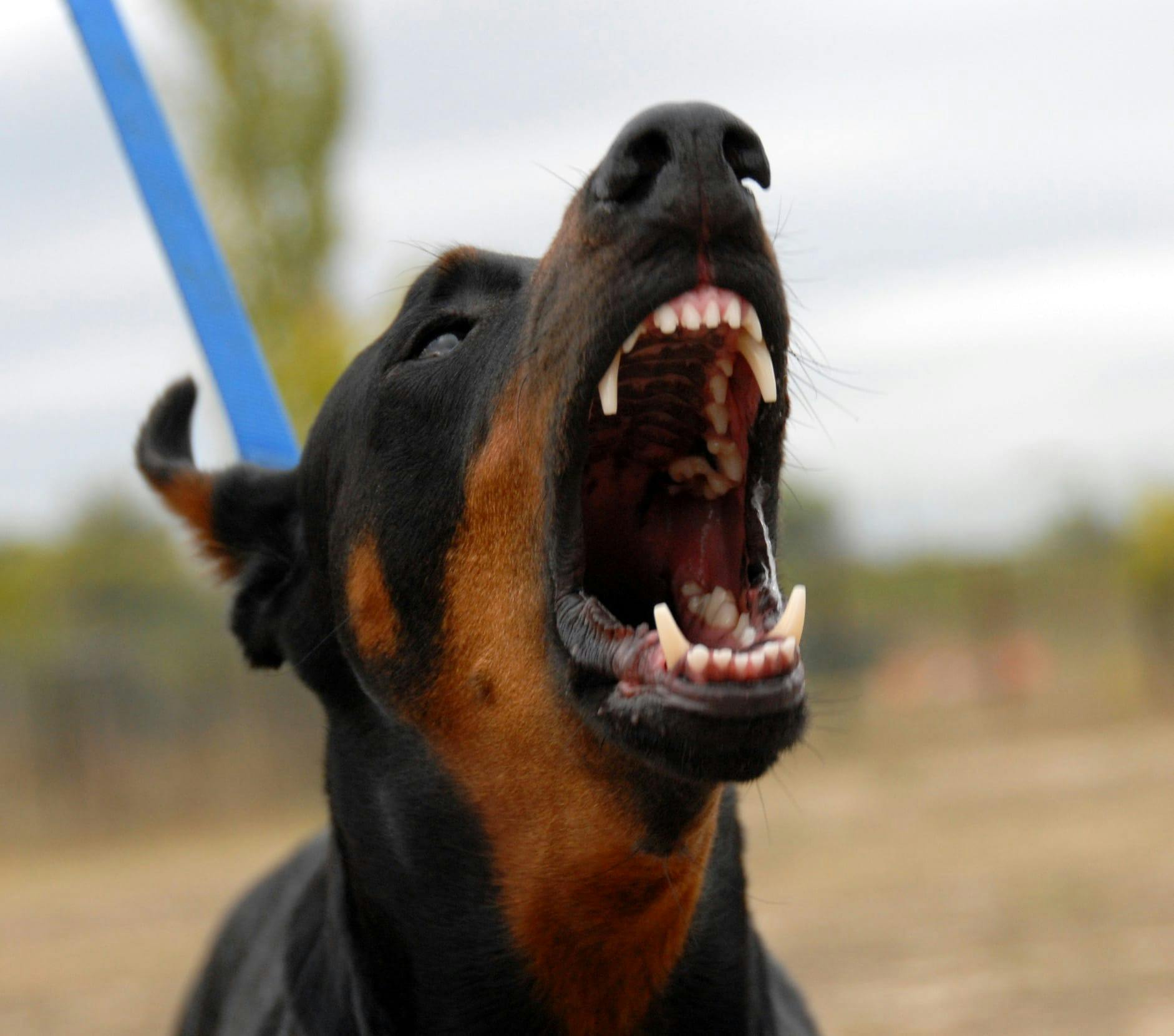In the post-discovery/pretrial phase of the dog bite case, the case is prepared for mediation or an assisted settlement conference. Part of preparing mediation, particularly when it is close to the trial, is making sure that the other side knows and understands that our side is ready to go to trial. The next step in this particular case was to file all the pretrial documents, motions in limine, and motions to pre-admit certain documents. The medical records and admissible forms were filed so that the other side knew that their medical records were going to come into evidence.
What Documents Were Filed in Preparation of Trial?
Most cases, including this case, require certain documents to be filed in the immediate workup before trial. One of the things filed is what is called a motion in limine. A motion in limine is a motion asking the judge to prevent the other side from bringing up an issue. They are typically filed to prevent things that they are supposed to be absolutely outside of the norm of the trial. For instance, if a client has a criminal conviction that is more than ten years old or a criminal conviction that is not a conviction of what they call a moral turpitude, those sorts of things are going to be subject to a motion in limine preventing those inadmissible issues from being heard by the jury. If a client has something that the jury should not hear about because it would potentially create a bias, this could be addressed in a motion in limine. Sometimes a lawyer might file a motion to pre-admit evidence. There are good reasons to pre-admit evidence. The evidence already before the court, the lawyer had addressed any objections to certain evidence coming in by the preadmission process and, once it is already in front of the court, that evidence can be used in an opening statement.




